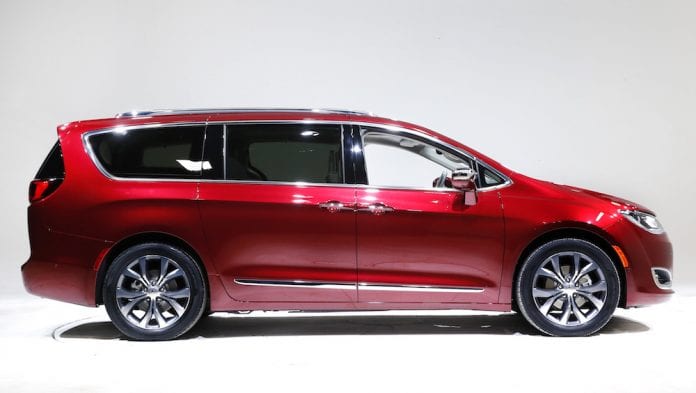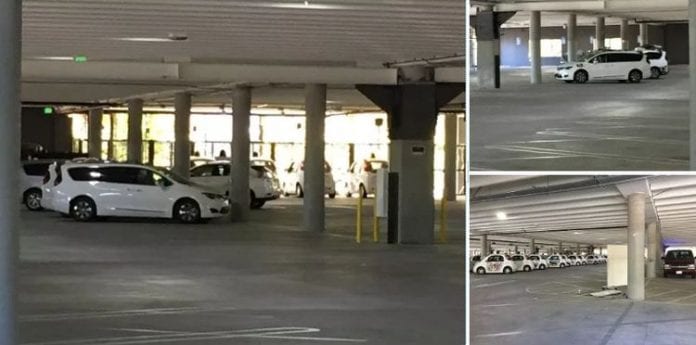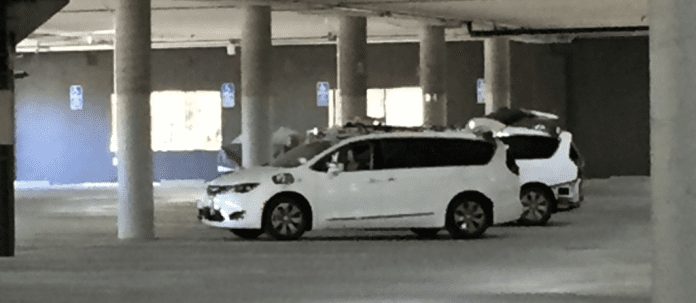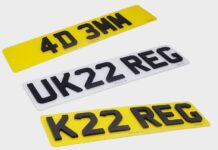Google after 7 years on the road has surpassed the 2-million miles previously set by Tesla’s fleet driven on Autopilot in a year. Tesla Autopilot miles are not the same with that of self-driving miles of Google, but both gives us a clue of the speed that both companies are applying in deploying their autonomous and semi-autonomous programs.
The partnership that Google went into with Fiat-Chrysler in order to come up with self-driving Pacifica, which is the minivan plug-in hybrid by Chrysler, will speed up Google’s intention to deploy more vehicles. At the weekend, the first prototypes were seen in Mountain View.
Currently, about 100 Pacifica minivans have been equipped with Google’s suite of sensors so as to put its self-driving system to test. The 100 prototypes will significantly add to Google’s fleet which at the present has only 34 prototypes scattered in four cities (Kirkland, Austin, Mountain View and Austin) and 24 Lexus Rx450h SUVs.

Google has already equipped six minivans that it has gotten delivery of with sensor suites and also installed mounting systems on other ones.
These new prototypes will allow Google make the system “commercialization-friendly.” the roof-mounted sensor is seen to be very much smaller than what the lidar sensor and Lexus Rx450h SUVs have.
Also read: 2017 Chrysler Pacifica
The picture that Enterprise Garage CEO, Mario Herger printed, one will be able to see sensors that have been embedded inside the front fenders that are quite impressive.
The roof-mounted sensor suite is seen to be much closer to the roof and has what we can take at the moment to be cameras, lidar sensors, and antenna.

A plug-in hybrid comes with the Pacifica and has 16 kWh battery pack that enable 30 miles at an all-electric range, the maker says. Google during the announcement of the partnership said the hybrid option was important to them due to the “robust electrical architecture” that it has.
Google is expected to take on more miles as it deploys new vehicles as it gets even closer to commercializing its self-driving system that is had previously received criticism for being slow by former employees.









